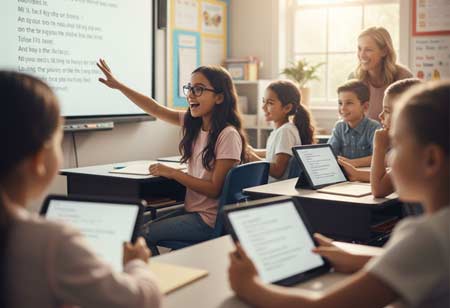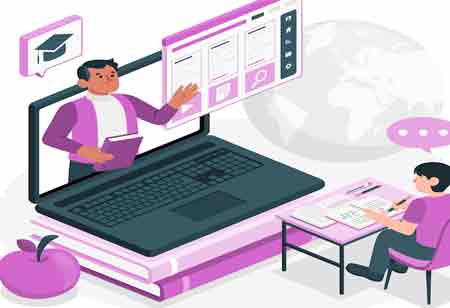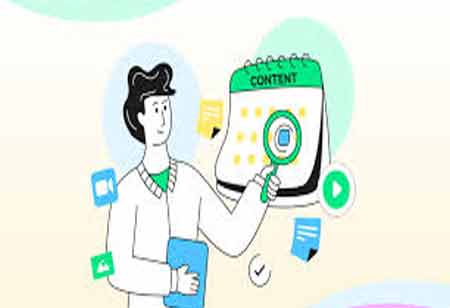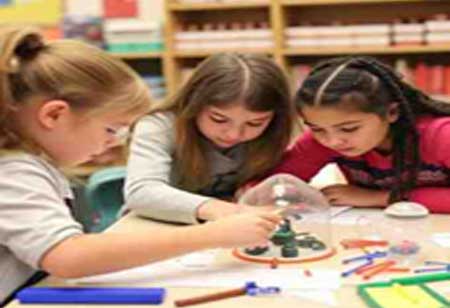THANK YOU FOR SUBSCRIBING
Be first to read the latest tech news, Industry Leader's Insights, and CIO interviews of medium and large enterprises exclusively from Education Technology Insights
Maximising the Utilisation of Technology in the Classroom for Enhanced Learning Experiences
As a result of the pandemic, the use of technology in an educational environment was unpredictably accelerated.
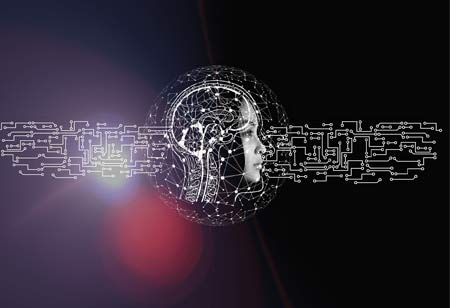
By
Education Technology Insights | Tuesday, May 30, 2023
Stay ahead of the industry with exclusive feature stories on the top companies, expert insights and the latest news delivered straight to your inbox. Subscribe today.
The goal of technology in a classroom is to boost productivity while empowering students with 21st-century skills. It is not supposed to act as a substitute for content but should become a means through which students interact with the same content in more depth.
FREMONT, CA: As a result of the pandemic, the use of technology in an educational environment was unpredictably accelerated. Teachers were leveraging digital tools and resources, like presentations, multimedia, quizzes, and more, easily. However, the use of technology in a classroom environment is redundant if it does not improve the learning experiences and outcomes of students. For example, if in a digital classroom, students were gaining knowledge from reading through a digital textbook, it is not necessarily the optimum usage of technology in a classroom.
Smart classrooms enhance classrooms which already have hardware established, such as projectors, computers, and interactive whiteboards. Teachers using this equipment in order to replace pen-and-paper learning will not be sufficient. While the use of presentations and employing multimedia in a classroom is step-up from studying a static text, it is, however, the smallest change in distinguishing a conventional classroom from a smart one.
The goal of technology in a classroom is to boost productivity while ascertaining that it empowers students with 21st-century skills. It is not supposed to act as a substitute for content but should become a means through which students interact with the same content in more depth. In the same field, educators have to realise that students are learning to use technology to access information in their classrooms.
Educators can reconstruct all three factors of instruction, which are assessments, content, and process, by using technology.
Classrooms that are backed by technology enable educators to have a depth of content which is present in their respective subjects. Teachers can recognise updated information which is relevant to their subject and include those in their instructions. They can further make their teaching more engaging and student-friendly by using videos. However, the most suitable use of technology for the curation of technology is virtual tours and virtual reality. Students can use VR to visualise scientific models, plants, and animals. The pandemic has also enabled numerous historical places and museums to construct free virtual tours. Teachers can take advantage of these virtual tours to take students on virtual trips.
Teachers can use many online tools to improve the experience of the students while they are learning their subjects. These online tools provide easy collaboration and eliminate the chaos that ensues in a physical classroom. The tools are interactive and allow students to respond to the answers provided by their classmates, give feedback, and learn from them. The instructions can also be personalised by the educators for each student or small group, by providing them with disparate tasks or materials to interact with.
The use of technology allows teachers to give students immediate feedback. The online quizzing tools enable teachers to check for real-time progress, rather than traditional notebook submissions. Many tools available allow students to express themselves with more than just words. Interaction with such tools promotes critical thinking and gives more value to learning.



